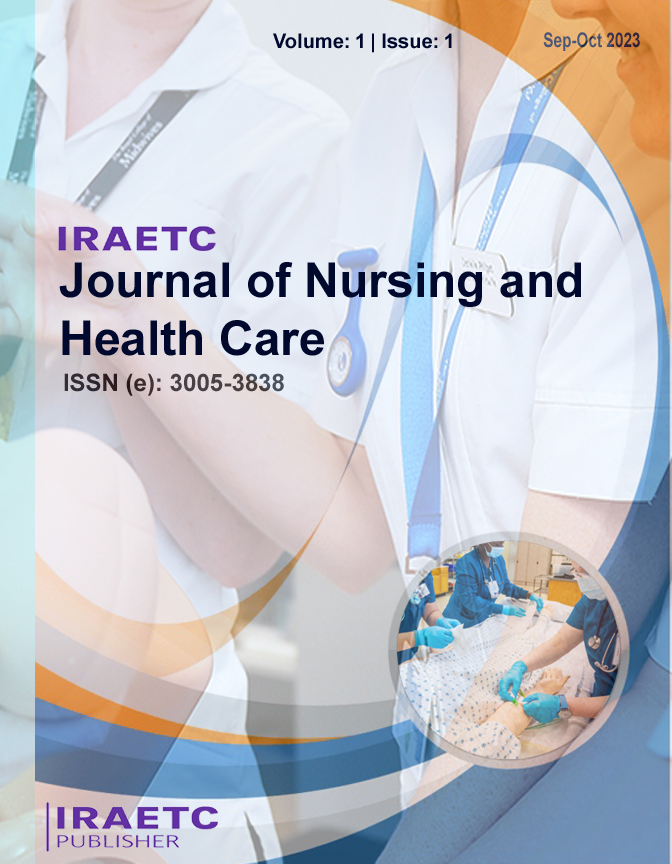Risk Factors for Low Birth Weight Infants: A Study in Tertiary Level Hospital of Bangladesh

| Risk Factors for Low Birth Weight Infants: A Study in Tertiary Level Hospital of Bangladesh |
| Dr. Rahnuma Shirin, Ahmed Masiha Jamil |
| DOI: https://doi.org/10.62469/ijnhc.v01i01.003 |
| Pdf Download |
